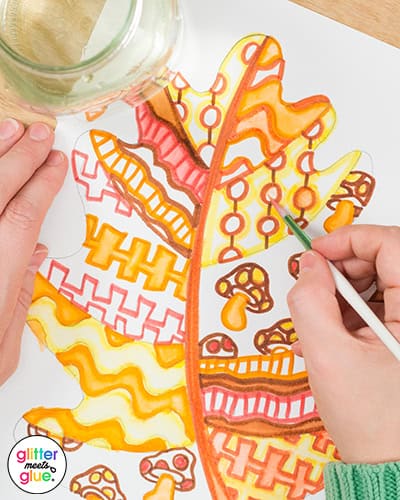
Fall leaves are so beautiful. They’re mini pieces of artwork hung loosely from trees that, when called upon by nature, cascade to Earth. They’re the perfect inspiration for an elementary fall leaf art project.
I love watching the Fall colors turn on the trees as the days inch closer to Winter.
Their beautiful, bold colors makes them the perfect muse for art students learning about color theory.
So when the Autumn leaves started to fall this year, I designed a game to celebrate the beginning of the end.
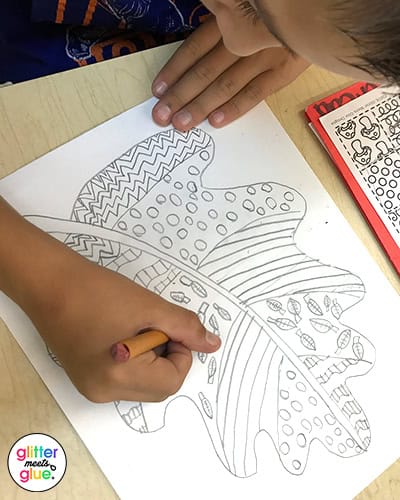
Drawing the Fall Leaves
This drawing activity starts out with a simple roll of the dice. The students roll to collect the parts required to design the leaf.
Next, they trace a leaf onto a large sheet of paper.
Then they add their designs to both sides of the leaf.
For this particular game, they use the principle of design called, “balance” to visually weigh the parts of the design.
So when a pattern is drawn on the left, a corresponding pattern is drawn on the right, although not necessarily immediately adjacent to the first.
Once everything is drawn, the students use Fall leaf colors to decorate it. The key is to outline the shapes in marker so they can be “painted” in using a damp brush
(Check out my drawing, coloring, and painting trips and tricks in my previous post). The final effect is one that the students marvel at how beautiful they look.
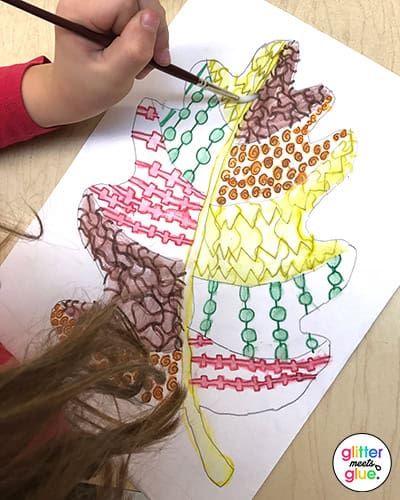
Teaching Color Theory
This fall leaves project works nicely for discussing analogous colors. These are what we call, “neighbor colors.” They sit next to one another on the color wheel. Examples include:
- Red, red-orange, and orange
- Orange, yellow-orange, yellow
- Yellow-orange, orange, and green
The only Fall leaf color that doesn’t fit into the scheme is brown.
We talk about how brown is neutral and matches everything. You can pair it with any color and it will work.
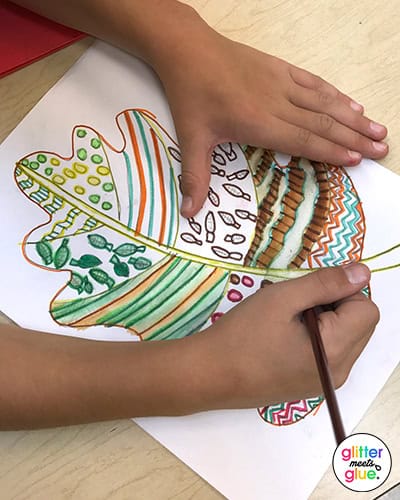
Using Teacher Examples in the Art Room
When I teach Art, I try not to show as many teacher-created examples as possible. The reason being is they see adults as the right answer for everything.
If I draw something a certain way or choose certain colors, they have a tendency to copy what I do. They aim to please and you can’t help but love them for that. However, I want independent thinkers in my classroom.
So how do I approach showing them what to do without giving it all away? I begin designing mine, but I stop somewhere along the way to let them begin.
And once they have, I show them student examples (wherever possible). This gives them the chance to experience some autonomy in conceiving their design but also feel like they’re understanding the project directions without the need to seek out the ‘right answer.’
Watch it in Action!
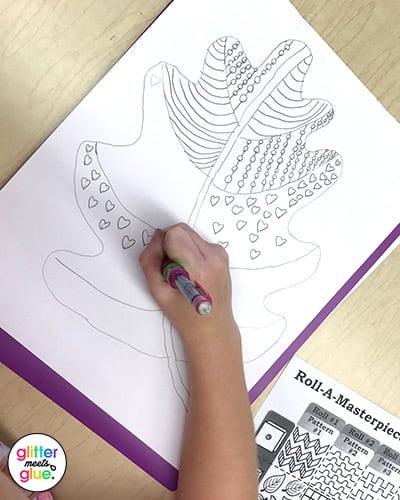
How to Design a Fall Leaf
It took them a little longer than expected to trace the leaf onto white paper. The lighting in my art room isn’t great. But they managed to get the job done.
In the past, we’ve used the windows as nature’s own light table. However, they’re covered over with large flowers I’ve yet to take down from last Spring. WHOOPS!
Once they managed to get the Fall leaves traced, they moved on to drawing the patterns they rolled for.
I learned from this activity that my students don’t instinctually understand how to draw shapes so that they overlap the area they’re contained in. They try to squeeze many shapes (and lines) to fit in. So I have my work cut out for me in that respect.
My solution will be to have them make a mini tracer so I can show them how to overlap the shapes in the easiest way possible.
I believe they get stuck in pre-visualizing how a shape would look if it were to go over the edge of an area. It’s a challenge for sure and I’ll be helping them problem-solve this in the future.
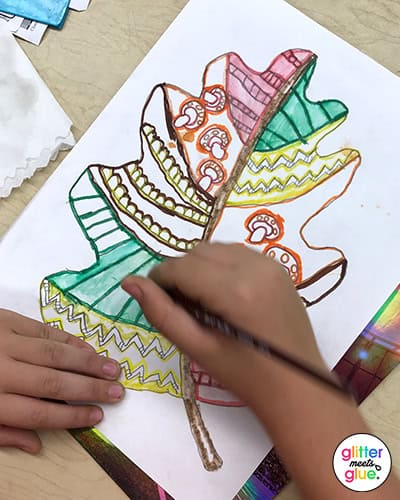
Painting with Color Theory
Once they’d made it past the drawing phase, we discussed color theory. I use a lot of YouTube videos for this.
My students are obsessed with YouTube, so I feed the obsession. There are loads of videos about color theory, some cartoon ones, some not.
We love the music videos the best. This ROYGBIV is one of most favorite of the bunch. The kids love getting up to dance to the music!
“ROYGBIV is a colorful man. And his name spells out the whole color spectrum!”
We quickly affirm which colors are perfect for Fall leaves and which are not. And then they use them to outline all the lines in their picture.
Now, in a fairy-tail world, my students would have enough confidence to draw everything using only markers and not pencil. However, that isn’t the case.
So most find themselves outlining over pencil marks. Ideally, it’s better that those pencil marks not be there as they mix and muddy the marker ink.
Yet, I’d rather have my students feel confident in their work than worry about darkening their colors.
If you’re loving this art project, you can snag a copy in my shop. It’s a great end of Fall culminating activity.

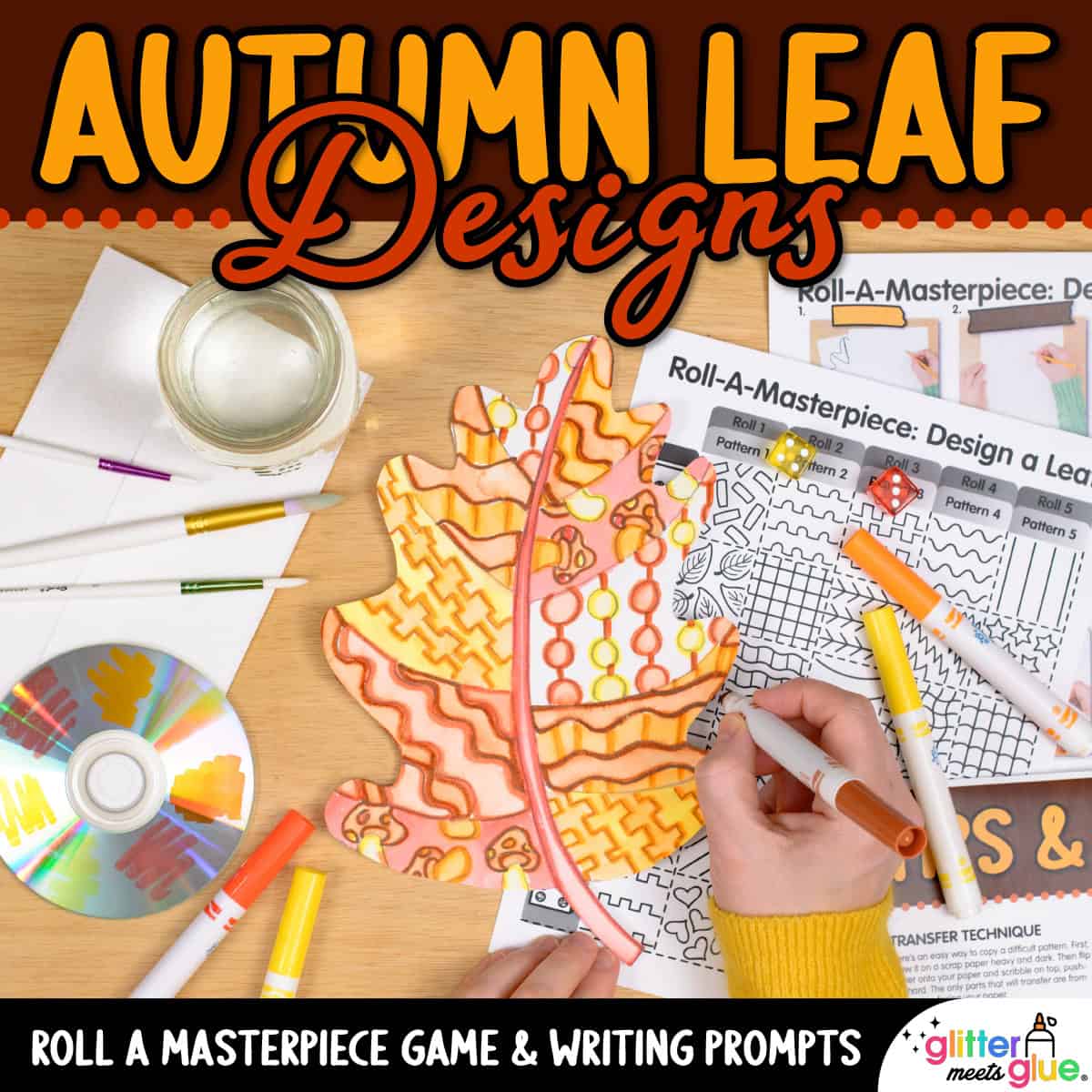

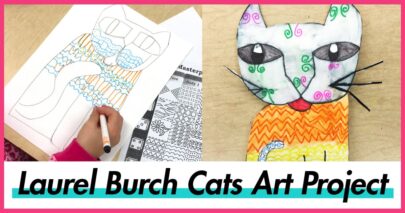


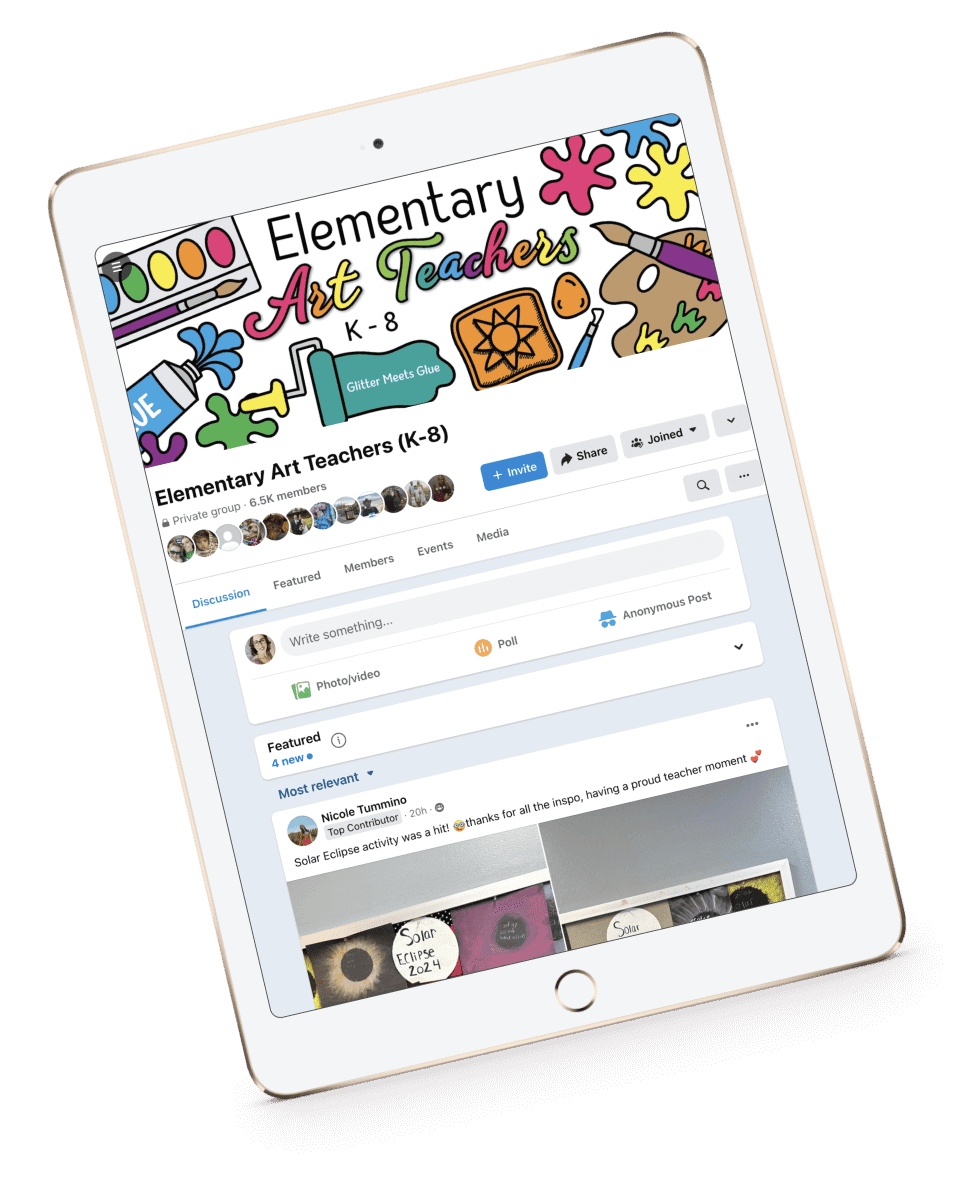

Leave a Comment